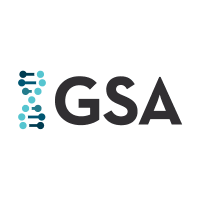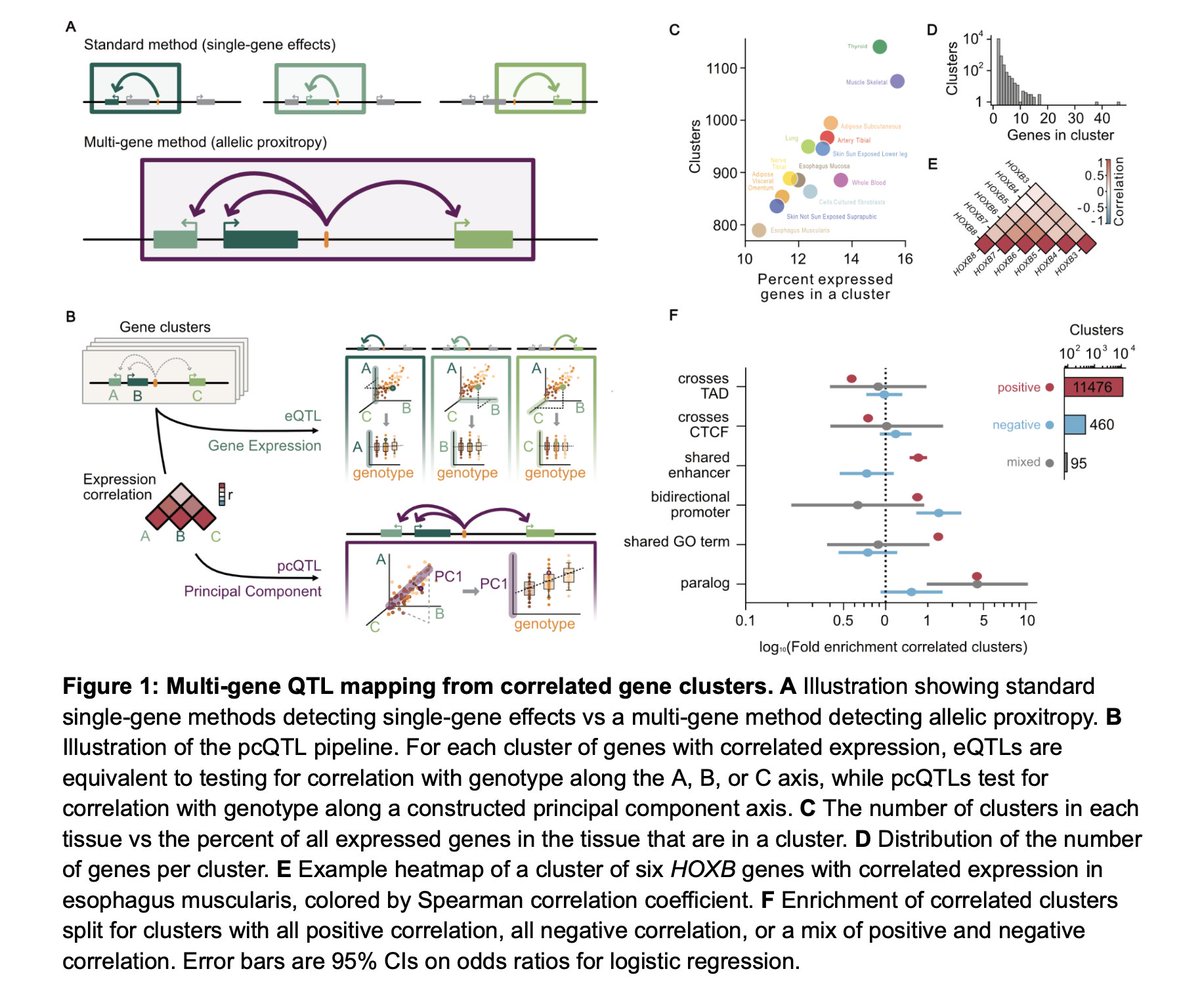
Nikhil Milind
@thenikhilmilind
Genomics | Statistical Modeling | Complex Traits
Doctoral Student at @StanfordBiosci
ID: 1166378610044747777
https://www.nikhilmilind.dev/ 27-08-2019 15:55:31
145 Tweet
248 Followers
293 Following






Super excited to share my first grad school paper! It was so much fun working on this collaborative project from day one as a rotation student in the Curtis lab! Such a joy to work on with Katie, Mangiante, Cristina, Christina Curtis and Jennifer Caswell-Jin & thanks to the lab!





Thrilled to see Evo 2 out. We trained a model across DNA from all domains of life, enabling mutation scoring, sequence embedding, and genome generation. All code, models, and data are available. Great summary thread from Patrick Hsu x.com/pdhsu/status/1…


I’m excited to share the first manuscript out of my PhD work with Nicolas Altemose, in which we describe FiberFold: a deep learning tool that predicts cell-type-specific and haplotype-specific 3D genome organization from a single experiment! biorxiv.org/content/10.110… 1/

In #GENETICS, Roshni Patel, @spence_jeffrey_, Jonathan Pritchard, and colleagues explored the use of conditional frequency spectra to study selection on complex traits that circumvent some of the limitations of #GWAS. From our new Biobanks Series, read more: bit.ly/4gXsc1x


Excited to share our latest preprint on the impact of background selection on complex trait evolution. It’s amazing to finally see one of the major projects from my PhD journey come to life. Huge thanks to Jeremy J. Berg and John Novembre for their guidance and support.







